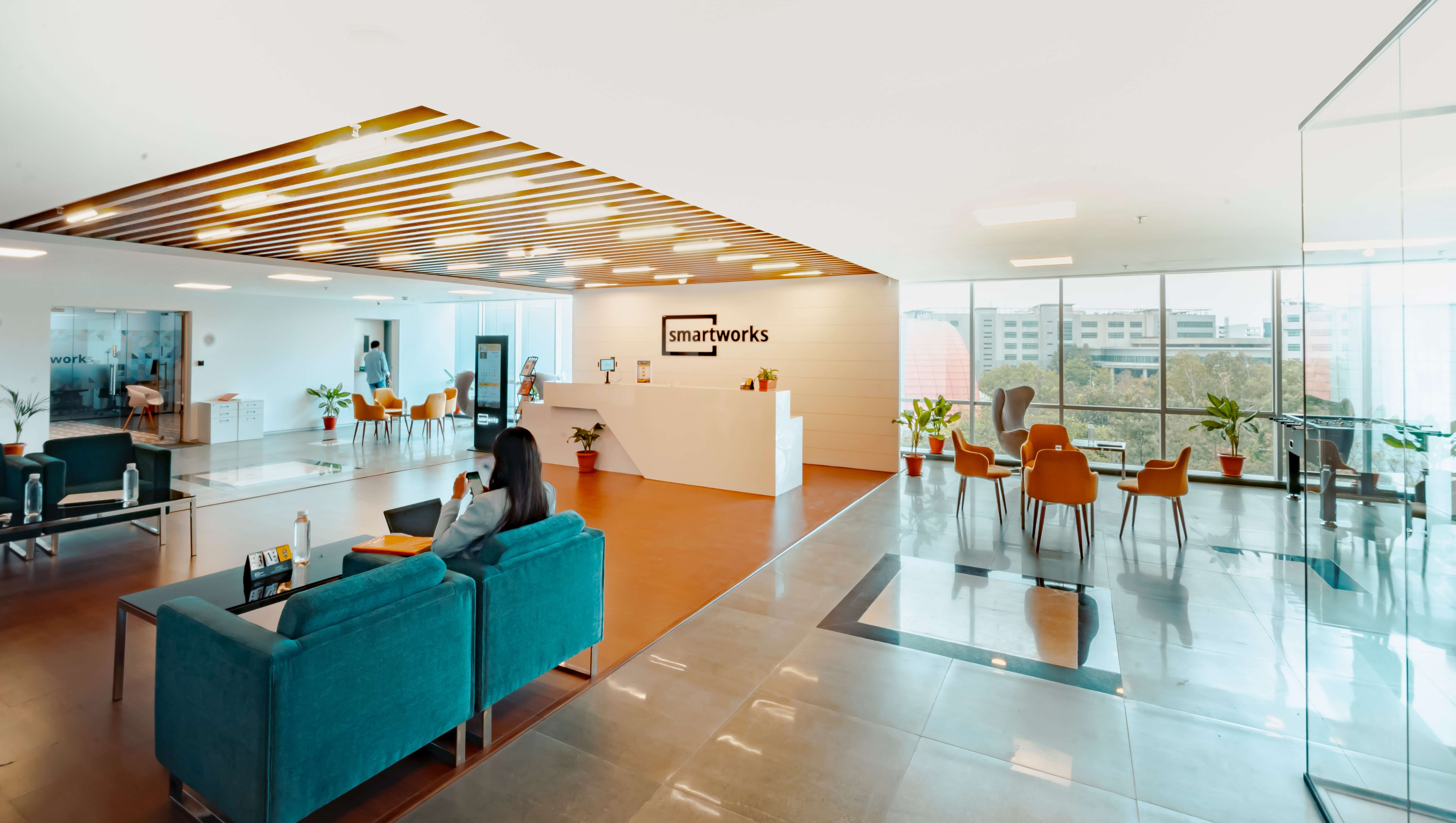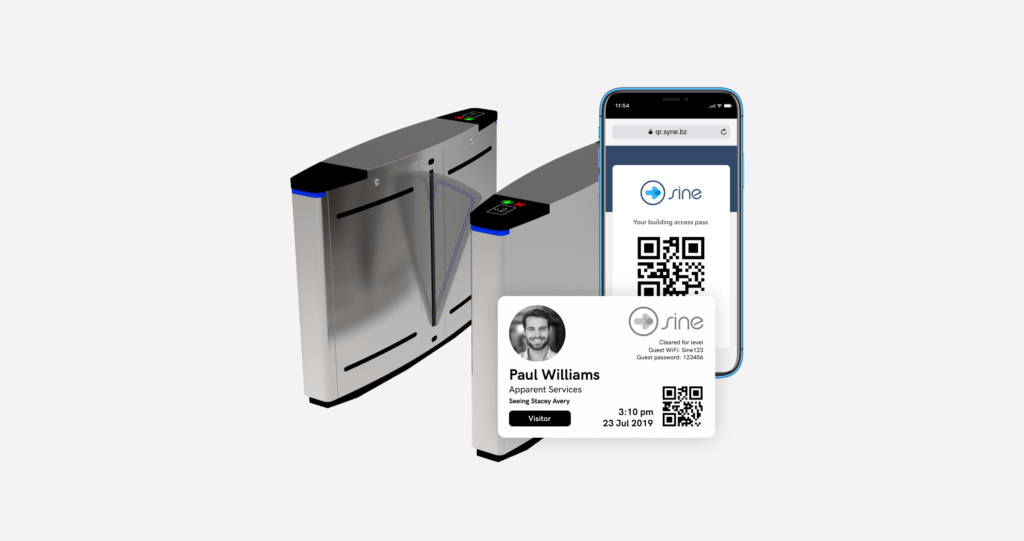
One of the most important questions companies shopping for visitor management software and tools have to answer is how a new system will help them streamline their visitor check-in process.
Getting people through the door, keeping them safe, and remaining compliant with capacity thresholds are priorities for building managers. But if you take the time to think through your process and use the right tools, you can do so much more. A visitor management system (VMS) can keep businesses, schools, healthcare centers, or other job sites more organized and productive.
While we may all occasionally feel as though we enter and exit spaces without anyone giving thought to our presence, the truth is that every planned space requires thought about who will use it as well as when and how they'll use it. Spaces are built with these numbers in mind. And once they're built, they're maintained and expanded based on this usage data. So even if visitor management simply involves counting people, it has always been important.
In the professional world, numbers often aren't. Instead, it's crucial to develop a visitor check-in process that gives you more information about an entrant's identity and purpose on site. If safety is an issue, you may need even more information, such as professional credentials, current health status, or their signature on liability waivers.
Gathering this information doesn't have to mean creating long lines at your door. Good visitor management can help you move people through the building smoothly, help your bottom line, decrease your liability, and keep your site safe.
Asking guests to sign in on a paper log isn't the way you want to start your guest experience. Not only is it difficult to get accurate, legible information, but paper is also an unreliable way to store information to improve your visitor management process.
Collecting information from guests in advance is an ideal way to streamline your visitor check-in process, especially at sites where you need more than simple identification, such as schools, healthcare facilities, construction sites, and other locations that require extra credentials or security.
A digital visitor management system (VMS) that collects data such as official identification numbers, reasons for a visit, the time and date of a planned visit, and any safety or training credentials needed to enter a site lets your visitors know that you're serious about their experience on your property. It also gives you the chance to customize the visitor experience.
Collecting data in advance lets companies:

In light of the COVID-19 pandemic, we've all gained a new appreciation for how easily germs spread in public spaces. And while SARS-CoV-2 isn't typically spread through high-touch surfaces, other bacteria, viruses, yeasts, parasites, and allergens can be, particularly in busy areas like registration desks. A recent study found that high-touch surfaces in long-term care facilities are frequently contaminated with a bacteriophage from human fecal matter.
Touchless check-in technology also frees up staff time, decreases crowding in check-in areas (thereby decreasing the chance of contracting airborne diseases), and keeps people in control of their important documents. In 2021, McKinsey found that consumer preference for touchless technology increased by 20%. Touchless check-in can even provide better ID verification beyond reception staff simply glancing at an ID.
Organizations want to ensure a smooth visitor check-in, but that doesn't mean everyone gets equal access to an entire site. In fact, there may be people who you want to keep off-site altogether, such as people who pose a security threat.
A visitor watchlist may also be used to "whitelist" VIPs or returning visitors (such as delivery people or contractors). Either way, these lists are important security measures that can only be fully accomplished with check-in technology in high-traffic entry areas.
Aside from assisting with touchless visitor check-ins, a guest's mobile device is a key piece of equipment for a visitor management system. While your organization's iPad may be crucial at the door, smartphones and other mobile devices can accompany guests everywhere else in the building, ensuring that they get access to the information they need when they need it without having to interrupt employees.
Sine's VMS and the Sine Pro mobile app make the most of mobile devices. Benefits of a mobile-based visitor management system include:
Badge printing can be critical for site safety. And they are more than just decor (although they do make a great first impression on guests). The biggest advantage of a guest badge is its visibility. Visitor badges let everyone on site know that someone is a guest. This can help employees direct them away from secure areas or help them find their way around.
Visitor badges can help provide access to areas that specific guests may need or bar them once they expire. They also limit unauthorized entry in the presence of large groups, so no one sneaks in with the crowd.
If your guests pre-register, you can even have a visitor badge waiting for them when they arrive.
Gaining insight into visitor history is another way to streamline the check-in process (at least in the future). By collecting data and storing it securely, an organization can see:
Overstressed security and reception staff, crowded lobbies full of people trying to find the right ID for entrance, mounds of check-in paperwork, workers distracted by salespeople knocking on doors, and fears of dangerous people in the workplace are some of the top reasons that commercial real estate owners and their business tenants along with schools, worksites, and healthcare facilities are racing to find the right visitor management system (VMS).
Not only does Sine's VMS offer all of the services above for an easier check-in process, but it also offers integrations to extend services that do everything from cross-check contractor qualifications and provide guests with wi-fi access so that everyone can have a productive day.